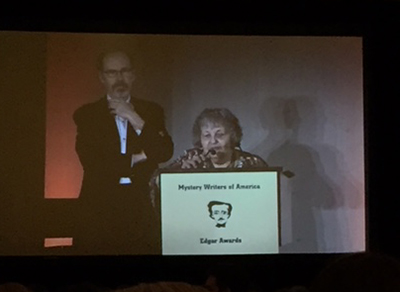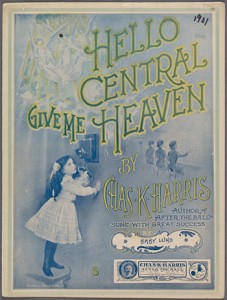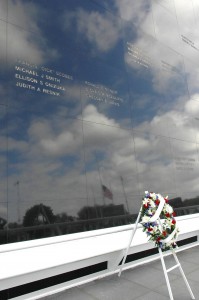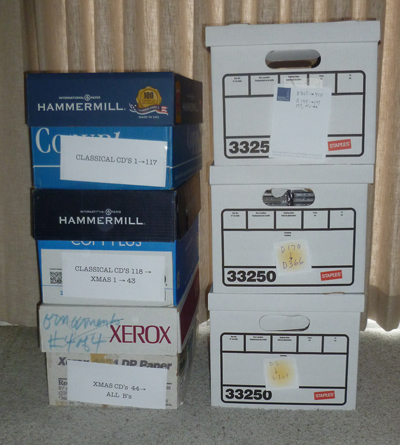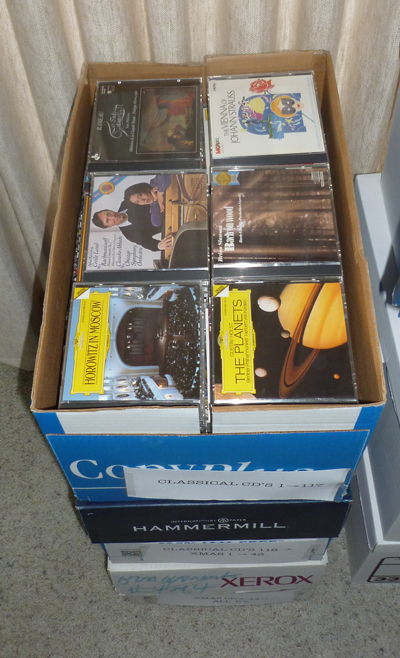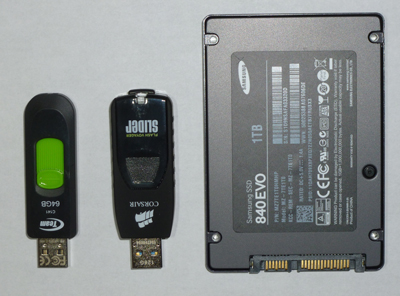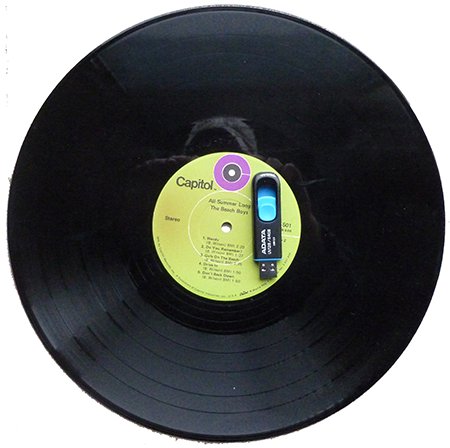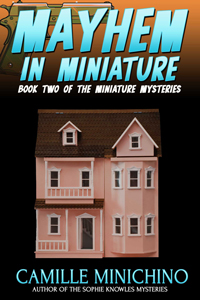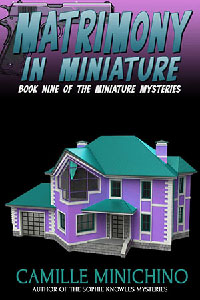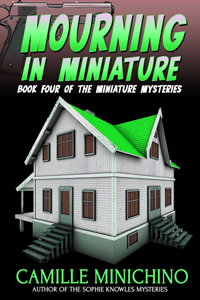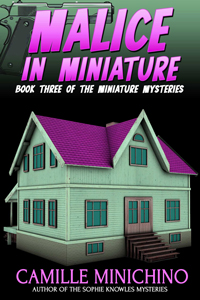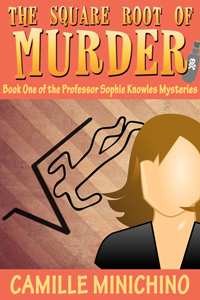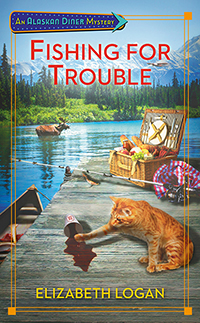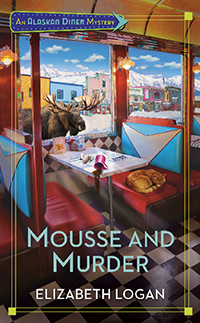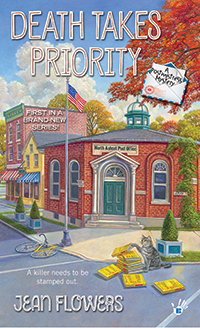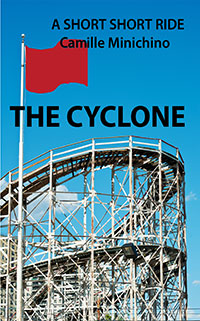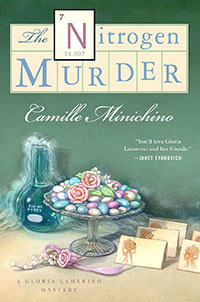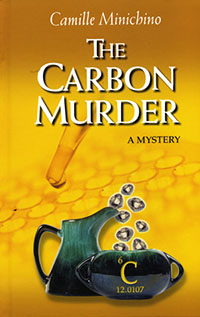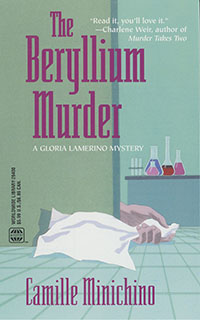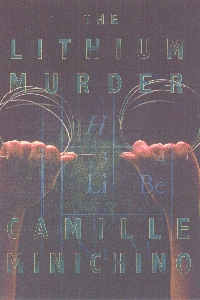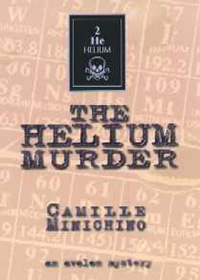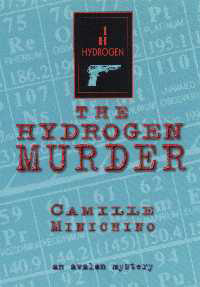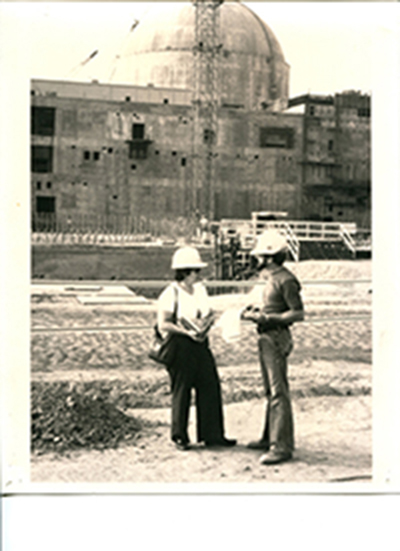
That's me, on the left, in a cool but uncomfortable hat.
This week marks the 39th anniversary of Three Mile Island, forever the name of an accident, rather than the name of a nuclear reactor three miles downriver from Middletown, Pennsylvania. It’s the most serious accident in U.S. commercial nuclear power plant operating history.
The accident began in Unit 2, at about four in the morning on March 28, 1979. HERE is a complete backgrounder from the Nuclear Regulatory Commission site. Here’s my version of the aftermath.
Do you remember where you were on March 28, 1979? It was a Wednesday, and if you lived on the east coast, by the time you were getting ready for work, the news, if not a plume, would have spread. For those of us working in the nuclear power industry, the memory is sharp, as for the day President Kennedy was assassinated, and the day the towers fell.
Though it resulted in no fatalities or injuries, the accident at Three Mile Island changed the way we viewed nuclear power and was probably the chief reason we haven’t seen a new plant in decades.
For me, it meant donning a hardhat, clipboard in hand, and traveling the country to inspect reactor control rooms.
Problems with control room procedures were at the heart of the accident, so the government undertook a massive overhaul of reactor operator training and human factors engineering. Week after week, I landed in towns with top-notch accommodations—where “room service” meant having a vending machine down the hall, instead of across the parking lot.
In my experience, relations between the utilities that ran the plants and the government body that regulated them had always been adversarial, and grew more so after TMI.
Sorry, the stairs aren’t working.
Take the time our team arrived for an inspection of a second floor control room. We were told the stairs were being upgraded and the only way to get to the second floor was to go out of the building through the window, climb the scaffolding to the upper level, and enter through the window on that level. Even though I was more agile then, it was still a hassle, not to mention scary. At the end of our three-day inspection, and after many hair-raising trips along the outside of the building, a plant worker made the mistake of removing a temporary partition that was hiding a perfectly good set of stairs, right in front of us.
Words were exchanged.
Surprise!
Typically, we’d arrive in town after a long flight, plus a puddle-jumper, get a few hours sleep, and show up unannounced at the plant around 8 or 9 the next morning. Tip: the “unannounced” part doesn’t work if the population is 300 and the innkeeper is the plant manager’s uncle.
“Oh, shucks,” the manager would say, with a smile that fooled no one. “We’re doing a test right now. Can you come back later? Say, around midnight?”
For all the lack of cooperation on inspection days, I was still impressed by the amazing technology and the possibilities of nuclear energy.
There’s a rumor going around that the US is starting up its nuclear energy program again.
I say this with the bias that comes from wanting to keep my electric blanket and LAN going.
The resurgence of nuclear power might also give new life to my first book ever: Nuclear Waste Management Abstracts. It was released in 1982, but you can be the first to review it on amazon.

 Filed Under :
Filed Under :  Dec.20,2018
Dec.20,2018

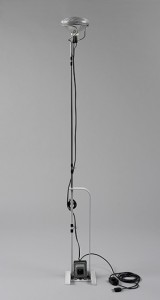
 Tags :
Tags : 